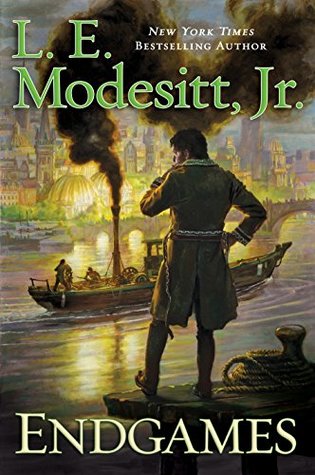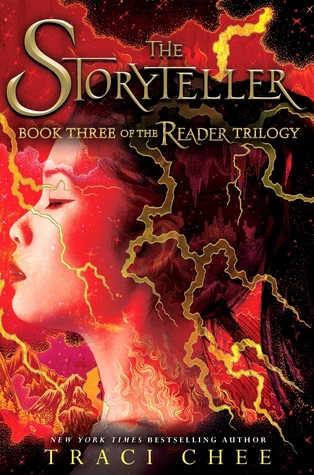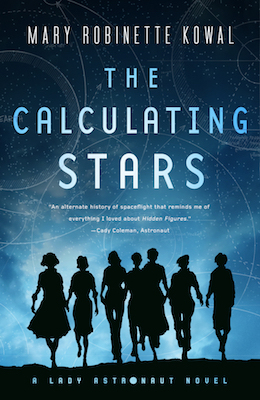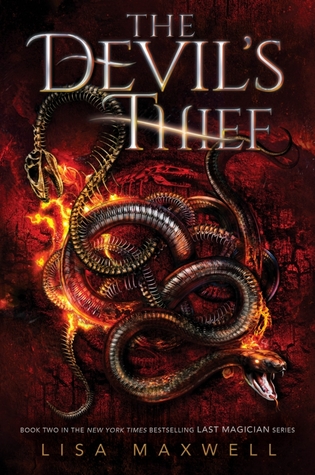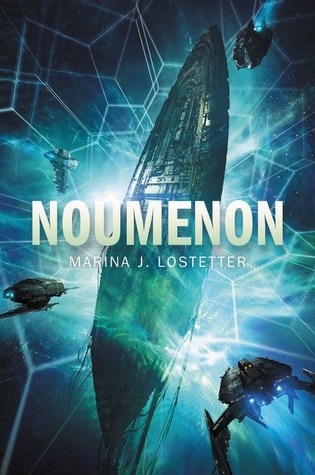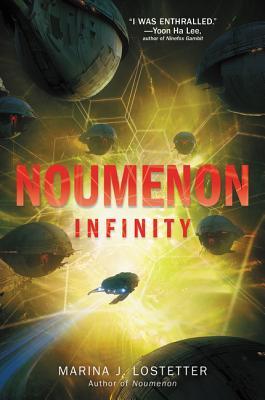I had the privilege of meeting L.E. Modesitt, Jr. at this year's WorldCon. I started reading IMAGER, the first in the
Imager Portfolio series, and was immediately pulled into the story. The latest book in the series, ENDGAMES, will come out in February 19.
Solidar is in chaos.
Charyn, the young and untested ruler of Solidar, has survived assassination, and he struggles to gain control of a realm in the grip of social upheaval, war, and rioting. Solidar cannot be allowed to slide into social and political turmoil that will leave the High Holders with their ancient power and privilege, and the common people with nothing.
But the stakes are even higher than he realizes.
The Imager Portfolio:
#1 Imager / #2 Imager’s Challenge / #3 Imager’s Intrigue / #4 Scholar / #5 Princeps / #6 Imager’s Battalion / #7 Antiagon Fire / #8 Rex Regis / #9 Madness in Solidar / #10 Treachery’s Tools / #11 Assassin’s Price / #12 Endgames
What originally brought you to the genre of science fiction?
When I was in grade school we lived south of Denver in a semi-rural suburb across the street from a forty acre cattle farm. The nearest commercial establishment with reading material was close to two miles away, and the nearest library was four miles. In my parents’ bedroom, however, was a three-shelf gray bookcase in which my mother kept all her science fiction paperbacks. They were much more appealing to me than my father’s law books and his beloved books by Somerset Maugham. So I started reading them… and I kept reading SF through high school and college.
I never intended to write speculative fiction of any sort. In college I worked on my poetry and was fortunate enough to study under William Jay Smith, who was later named U.S. Poet Laureate, and Clay Hunt, who offered the first truly critical assessments of my poetry, which provided the structure that I’ve used ever since in dealing with editors, and which can be simply stated as “tell me everything you find wrong with what I wrote, and then let me fix it.”
I was less than moderately successful as a poet, possibly because I tend to favor rhyme and meter, which have hardly been in vogue in the last 50 years, and was rejected by the Yale Younger Poet contest every year until I was too old to be a younger poet. At that point, my first wife suggested that I might try writing science fiction, given that I’d read so much of it. I did, and while my first submission was to ANALOG, and was kindly rejected by Ben Bova, he did allow me to fix it, based on his comments, and it was published, as I recall, in March of 1973. Matters weren’t as easy after that, and I only sold about six stories out of close to a hundred that I wrote over the next five years. Then Ben Bova rejected another story and told me not to send him any more until I wrote a novel, because it was clear to him that I was a novelist trying to cram novels into story lengths.
After I wrote my first novel, since I had no agent, I submitted it to pretty much all the SF publishers I knew about, and after about two years, David Hartwell finally bought
The Fires of Paratime for the Timescape imprint of Simon & Schuster. I’ve since sold every novel I’ve written, so far at least.
That's wonderful! ENDGAMES, the next book in The Imager Portfolio series, is set to release in February 2019. What do you want readers to know about this newest installment?
ENDGAMES is the sequel to
ASSASSIN’S PRICE, and the last book about Charyn, the young ruler who unexpectedly came to power and who faces the turmoil of dealing with what amounts to the industrial revolution, the equivalent of the Reformation, and a civil war, all at once, in a world where the talent of imaging objects into being is held by a select few, of whom Charyn is not one. And, oh, yes, Charyn also needs a wife and an heir, in the worst way possible, in order to provide political stability.
I can't wait to see how Charyn confronts these challenges! THE OUTCASTS OF ORDER is the latest in another of your series, The Saga of Recluce. In what ways, if any, did this story expand on the world you've already built?
The books in the Recluce Saga span more than 2,000 years and countries in five separate continents. They’re the tales of individuals set in epic times, but they’re not really epic fantasy because the focus is on the individual, not the epic. Also, I didn’t write them in chronological order, because my mind doesn’t quite work that way. In the first 19 books, no character occupies more than two books as the protagonist, and sometimes only a single book.
THE MONGREL MAGE was the twentieth book and began the story of Beltur, a very unaccomplished chaos mage who discovers that his problems lie in the fact that he’s really not a chaos mage at all, but an order mage. The events leading to this discovery require him to flee his homeland of Gallos to the neighboring country of Elparta, where he is initially more welcome. (In the interest of not providing spoilers, I’m, omitting all the exciting parts and battles.) In
OUTCASTS OF ORDER, Beltur discovers that his romantic interest in an attractive young healer, among other things, makes him unwelcome to the mages of Elparta, and he and his love are again forced out of one country, and then another. These two books, along with the third book about Beltur [
THE MAGE-FIRE WAR, coming next August from Tor], show the growing tensions between order and chaos mages that fuel the conflicts of the next thousand years, as depicted in eleven already-written books, and lead to the creation of the order-ruled isle of Recluce and the glorious white city of Fairhaven, ruled by chaos mages.
Sounds like a rich world with lots of possibilities. What are some of your current projects?
I tend to focus on one book at a time. I’ve just recently turned in the final version of a very, very, far future science fantasy stand-alone entitled,
QUANTUM SHADOWS, or Forty-Five Ways of Looking at a Raven. Now, I’m working on another Recluce novel, which takes place some sixteen years after
THE MAGE-FIRE WAR, and has a different character as protagonist.
After that? We’ll just have to see.
Buy:
BookPassage ~
Amazon.com ~
Barnes & Noble ~
IndieBound
Buy:
BookPassage ~
Amazon.com ~
Barnes & Noble ~
IndieBound
For more books by L.E. Modesitt, Jr, visit his website:
http://www.lemodesittjr.com/the-books/
This post can also be viewed here.




